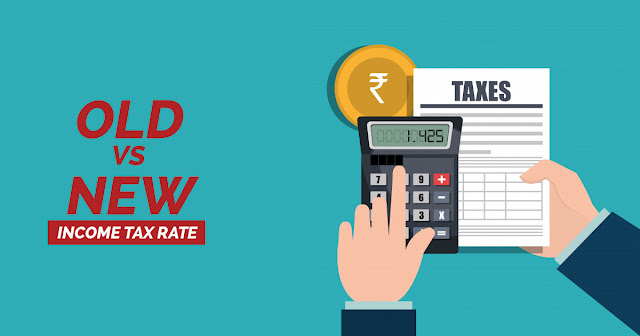We will start by providing a table that showcases the total deductions and tax-exemptions an individual with a total salary income of Rs 20 lakh in an FY should claim so that their tax-liability remains the same in both tax structures.
| Particulars | Tax Payable in Existing Regime | Tax payable in New Regime |
|---|---|---|
| Basic Salary + DA | 7,77,200 | 7,77,200 |
| Other Taxable Allowances | 12,22,800 | 12,22,800 |
| Gross Salary | 20,00,000 | 20,00,000 |
| Standard Deduction | -50,000 | - |
| Income under the head salary | 19,50,000 | 20,00,000 |
| Chapter VIA deductions | -2,00,000 | - |
| Income under the head salary | 17,50,000 | 20,00,000 |
| Income Tax (Rebate u/s 87A is NIL) | 3,37,500 | 3,37,500 |
| Cess @ 4% | 13,500 | 13,500 |
| Total tax, surcharge and education cess | 3,51,000 | 3,51,000 |
As we can see in the above tale, the payable tax amount by an individual will be the same in both regimes if he/she manages to claim total deductions and/or exemptions of Rs 2.5 lakh. One notable thing is that, when an individual's income rises above Rs 15 lakh, the total deductions amount and tax-exemptions that an individual must claim to pay the same tax amount in both regimes are the same as before.
According to it, whether you are a person with an income of Rs 15 lakh or Rs 20 lakh, the total tax-exemptions and deductions amount to claim in the existing tax system to remain at a tax neutral situation according to the new tax regime will be at Rs 2.5 lakh.
To make a decision to go with the new tax system or not, the individual having Rs 20 lakh income just needs to evaluate the total amount of deductions and tax-exemptions that are currently claimed by him/her.
Now, If the calculated total is equal to or exceeds Rs 2.5 lakh, then the individual would pay the same or less tax in the existing tax regime with regard to the new regime.
Whereas, if the total deductions or tax-exemptions claimed are shorter or less than Rs 2.5 lakh, then the individual would be better off opting for the new tax regime.
Thus, in this case, Opting for the new tax-regime won't be beneficial tax-wise unless the individual's total tax-exemptions and deductions are below Rs 2.5 lakh.
Advantages of Rs 2.5 lakh figure can be arrived by availing various deductions and tax-exemptions, some of them are Section 80C, 80D, standard deduction, leave travel allowance (LTA), house rent allowance (HRA), etc.
Simillar: How to Claim HRA While Filing Your Income Tax Return (ITR)?
Simillar: How to Claim HRA While Filing Your Income Tax Return (ITR)?
As per the above example, the standard deduction of Rs 50,000 which is accessible to a salaried individual and various other deductions available under Chapter VI-A of the Income Tax Act, has been considered.
These deductions also include Section 80C of maximum Rs 1.5 lakh, section 80D for paid health insurance premiums and some other deductions for which a taxpayer is eligible, section 80TTA deduction for interest received from a saving bank or post office account, etc.
So After the above discussion, we figured it out finally what is the Impact of proposed new income tax rates on a Rs 20 lakh salary and also provided some solid base to decide if he/she should follow the same old or ongoing tax regime or opt for the new tax regime. With the hope that this will be beneficial for you, we would like to conclude this article.


Comments
Post a Comment